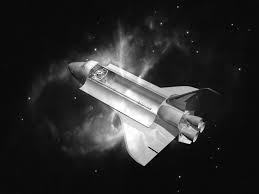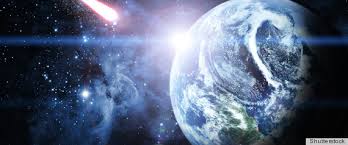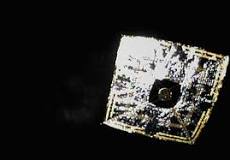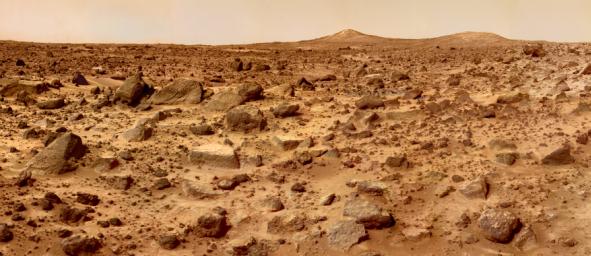



- Home1
- Solar System
- Universe
- Mercury
- Earth
- Mars
- Jupiter
- Saturn
- Uranus
- Neptune
- Venus
- Pluto
- Gravity
- Force
- Acceleration
- Radiation
- Dark Energy & Dark Matters
- Laws of Universe
- Black Hole
- Intern Article / Paper Publication
- Galaxy
- guestbook
- chatroom
- Blogger
- Membership

SPACE CRAFTS

MARS PATH
FINDER
(MESUR
Pathfinder )
is an American spacecraft that landed a base station with a roving
probe on Mars in 1997. It consisted of a lander, renamed the Carl
Sagan Memorial Station, and a lightweight (10.6 kg/23 lb) wheeled
robotic Mars rover named Sojourner.[6]
Launched on December 4, 1996 by NASA aboard a Delta II booster a
month after the Mars Global Surveyor was launched, it landed on
July 4, 1997 on Mars's Ares Vallis, in a region called Chryse
Planitia in the Oxia Palus quadrangle. The lander then opened,
exposing the rover which conducted many experiments on the Martian
surface.
This mission was the first of a series of missions to Mars that
included rovers, and was the first successful lander since the two
Vikings landed on the red planet in 1976.

MARINER
9
( Mission duration :1 year, 4 months, 27 days
)--
(Mariner Mars '71 / Mariner-I) was an unmanned NASA space probe
that contributed greatly to the exploration of Mars and was part of
the Mariner program. Mariner 9 was launched toward Mars on May 30,
1971[1][2] from Cape Canaveral Air Force Station and reached the
planet on November 14 of the same year,[1][2] becoming the first
spacecraft to orbit another planet .

IKAROS (Interplanetary Kite-craft
Accelerated by Radiation Of the
Sun)
is a Japan Aerospace
Exploration Agency (JAXA) experimental spacecraft. The spacecraft
was launched on 21 May 2010, aboard an H-IIA rocket, together with
the Akatsuki (Venus Climate Orbiter) probe and four other small
spacecraft. IKAROS is the first spacecraft to successfully
demonstrate solar-sail technology in interplanetary
space.
On 8 December 2010,
IKAROS passed by Venus at about 80,800 km (50,200 mi) distance,
completing the planned mission successfully, and entered its
extended operation phase .The IKAROS probe is the world's first
spacecraft to use solar sailing as the main propulsion. It plans to
demonstrate four key technologies :
1.Deployment and
control of a large, thin solar sail membrane (blue areas numbered
3)
2.Thin-film solar
cells integrated into the sail to power the payload (black
rectangles numbered 4)
3.Measurement of
acceleration due to radiation pressure on the solar
sail
4.Attitude control
via variable reflectance liquid crystal panels (orange rectangles
numbered 2)


Mars
Mars is the fourth planet from the Sun and the second smallest
planet in the Solar System, after Mercury.
Mass: 639E21 kg (0.107 Earth mass)
Radius: 3,390 km
Gravity: 3.711 m/s²
Surface
area: 144,798,500 km²
Length of day: 1d 0h 40m
Time to spin on Axis 24 hours, 37 minutes
Comparison with Earth: 23 hours, 56 minutes
Time to orbit the Sun 687 days
Comparison with Earth: 365 days, 6 hours
Distance planet travels to complete one orbit 1,366,900,000 km /
849,400,000 miles
Comparison with Earth: 924,375,700 km / 574,380,400
miles
Escape Velocity 18,072 km/h / 11,229 mph
Comparison with Earth: 40,248 km/h / 25,009 mph
Minimum Surface Temperature -133 °c / -207°F / 140 K
Comparison with Earth: -88 °c / -126 °F / 185 K
Maximum Surface Temperature 27 °c / 80 °F / 300 K
Comparison with Earth: 58 °c / 136 ° F / 331 K
Moons: Phobos, Deimos

